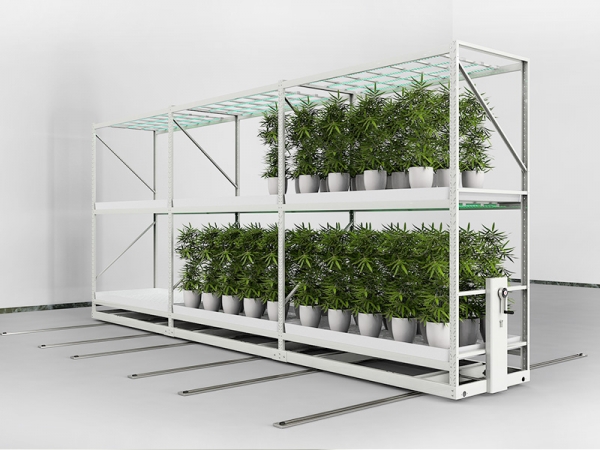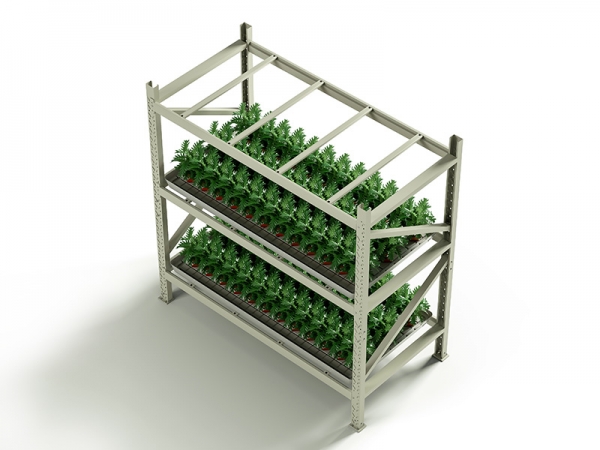The production process of a plant growth rack involves several steps, including design, material selection, fabrication, and assembly. Here is a general overview of the production process of a plant growth rack:
Design
The first step in the production process is the design of the plant growth rack. This involves determining the specifications, such as size, number of shelves, and material, based on the intended use and user requirements. The design should also consider factors such as stability, weight capacity, and ease of assembly.

Material selection
The next step is the selection of materials for the plant growth rack. The materials used for the frame and shelves should be durable, lightweight, and resistant to rust and corrosion. Common materials include aluminum, steel, and plastic.
Fabrication
Once the design and materials have been selected, the next step is the fabrication of the individual components of the plant growth rack. This may involve cutting, welding, and bending the materials to the required shape and size.
Assembly
The final step is the assembly of the plant growth rack. This involves connecting the individual components, such as the shelves and frame, using fasteners, such as screws and bolts. The plant growth rack may also be fitted with additional components, such as trays, water reservoirs, and lights, to improve its functionality.

Testing
Before the plant growth rack is ready for use, it is important to perform a series of tests to ensure that it meets the specified requirements. This may include load testing, stability testing, and environmental testing.
The production process of a plant growth rack is typically performed by a team of engineers, technicians, and production workers. It requires specialized equipment, such as cutting machines, welding machines, and assembly tools, to ensure that the plant growth rack is produced to the highest quality standards.
In conclusion, the production process of a plant growth rack involves several steps, including design, material selection, fabrication, and assembly, to ensure that the final product is safe, functional, and efficient for its intended use.